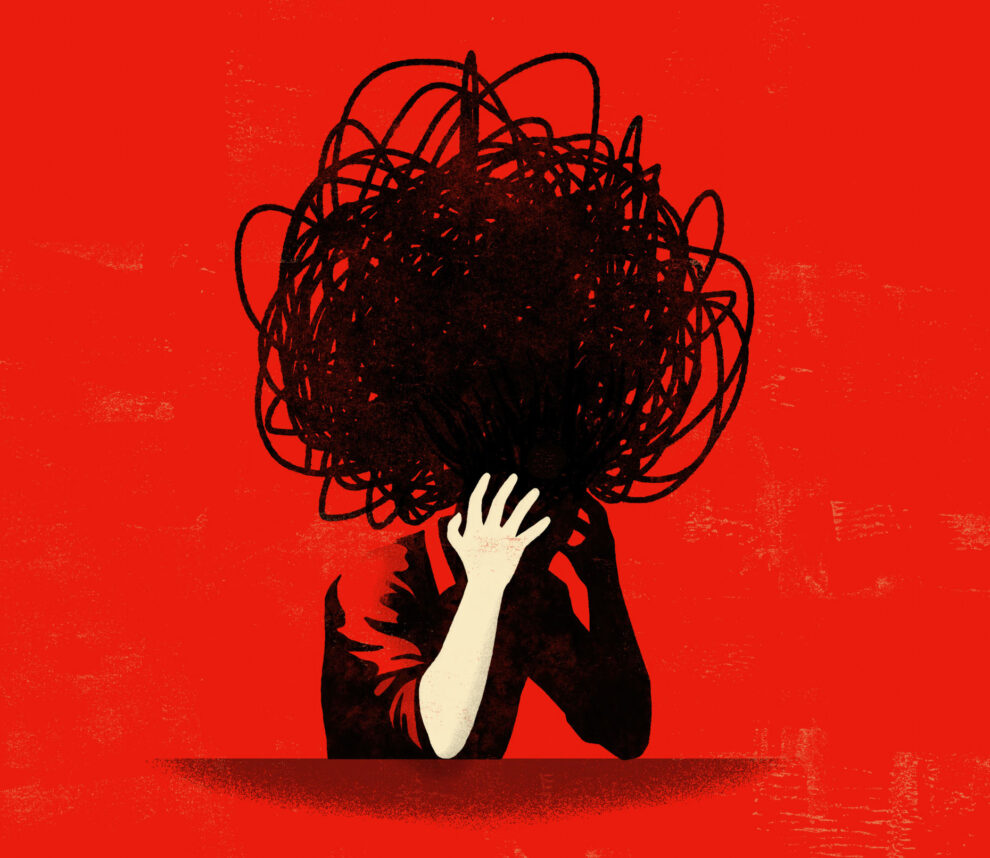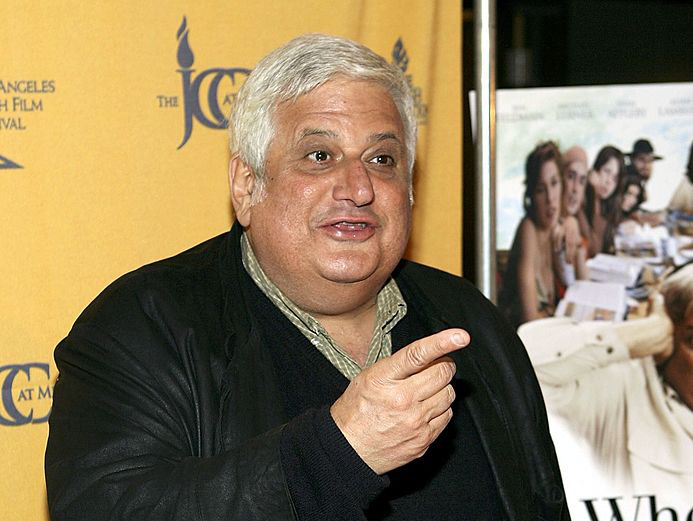Elaine Sandberg fits the mold of what you would expect to encounter when you consider someone who plays American mah-jongg. She’s Jewish and just past retirement age.
But the 70-something L.A. mah-jongg instructor, who has taught the game for Holland American Cruise Lines and recently at American Jewish University, is hoping to help mah-jongg crack age and racial barriers. As the game has grown in popularity over the past decade, Sandberg is seeking to broaden its appeal with her book, “A Beginner’s Guide to American Mah Jongg: How to Play the Game and Win” (Tuttle, $14.95).
While some people might be more familiar with mah-jongg from the solitaire version found on computers and the Internet, it’s the classic American game that attracted Sandberg. She played for the first time 15 years ago with the Brandeis National Woman’s Club, shortly after moving to Rancho Park from Brooklyn.
“They offered a class, and I wanted to learn,” said Sandberg, an avid bridge player who turned to the club to make friends.
After that first game, she became a mah-jongg addict and spent months playing to develop her competitive skills. Now a tournament player, Sandberg started teaching the game about five years ago.
She said that until recently little had been written on the American version of the game, and she didn’t feel comfortable giving the titles to her students.
“If it was ever going to take off, there had to be some better learning materials,” Sandberg said.
Mah-jongg is a four-player gambling game similar to gin rummy. It originated in China in the mid- to late 1800s and has several national variants, including Vietnamese, Filipino, Taiwanese, Malaysian and Japanese versions. The original classic Chinese game has regional variants like Hong Kongese or Cantonese and Sichuan.
Joseph Park Babcock is credited with introducing a Westernized version of mah-jongg to the United States in the 1920s with his book, “Rules of Mah-Jongg,” which helped kick-start a short-lived nationwide craze that included Eddie Cantor singing “Since Ma Is Playing Mah Jong.” The fad faded by the 1930s, but a group of mostly Jewish women formed the National Mah Jongg League (NMJL) in 1937 and published the rule book, “Maajh: The American Version of the Ancient Chinese Game,” which helped standardize the game into the American mah-jongg played today.
While the 1920s mah-jongg fad was accepted by nearly every segment of the American population, it became increasingly known as a game that Jewish women played in the decades that followed.
Sandberg’s interest in mah-jongg came at a time when American enthusiasm for the game was starting to pick up again in the 1990s. No longer relegated to Hadassah gatherings and bubbe’s living room, “maajh” has been in the midst of a revival since before the turn of the millennium.
In 1999, Lois Madow founded the American Mah-Jongg Association as a challenge to the dominance of the national league. The group, which bills itself as the “mah-jongg association for the new millennium,” organizes several tournaments throughout the year for cash prizes.
Today even the stereotype of the typical American mah-jongg player is being challenged. It’s no longer an “old-lady’s game,” Sandberg writes.
In her book, Sandberg mentions one student who told her, “My mom used to play mah jongg two or three times a week. She played for 30 years with the same friends, and I could never understand why.”
Nostalgia can play an important part for Jews wanting to learn. But it doesn’t account for its spread to other segments of the American population.
NMJL says it has experienced a 20 percent growth in recent years; it currently has about 275,000 members. The organization’s president, Ruth Unger, links the game’s growing popularity within larger segments of the American public to more Jews retiring in ethnically diverse communities.
“We’re moving to more inclusive places,” she said, referring to retirement villages and planned communities, where Jews are spreading their love for the game.
During a recent fall class in mah-jongg at American Jewish University, Sandberg explained the basics of the game to several continuing-education students in their 50s and 60s.
She said a common misconception is that mah-jongg is boring. But once you play it, Sandberg said, “it’s thrilling; there’s nothing more exciting than when, with your heart racing, your adrenaline pumping and your palms sweating, you call ‘Mah-jongg.'”
The game can be played with tiles or cards. Like gin, you’re trying to combine the faces to make a specific hand.
The basic tiles contain three suits — dots, bams (short for bamboos) and craks (numbered one through nine in Chinese characters) — as well as other tiles like dragons, winds, flowers and jokers. In total, there are 152 tiles, and 14 of them are needed to win the game.
By picking and discarding, you make specific combinations, which correspond to certain hands. The hands are printed on a card every player must own, but to keep things interesting, the associations change the hands annually, so you’re not playing the same games from year to year.
With Sandberg’s guide in hand, this 20-something reporter took a seat at a table with three students from her class. Players laughed and joked as they picked tiles and played. Sandberg floated around the table, ensuring none of the players made any rookie mistakes.
Sandberg’s book supplied easy-to-understand hints and tips for beating opponents. A “wall game,” one in which there was no clear winner (like a cat’s game in tic-tac-toe), became the only viable — and successful — strategy.
The game requires the right combination of skill, luck and brains. In order to learn and play effectively, Sandberg said, “learn the game and play the game. Only then will you become a mah-jongg winner.”
Elaine Sandberg’s next beginning mah-jongg class will start in February at American Jewish University. To contact Elaine, email elasan@msn.com





















 More news and opinions than at a Shabbat dinner, right in your inbox.
More news and opinions than at a Shabbat dinner, right in your inbox.